Every public institution you send your child to, whether it is a school, after-school program, club sport, religious centre, or daycare; you want to know that they are safe at all times. With the recent story of a young boy choking to death in a mosque in England, it has many of us worried that not everyone who is looking after our children are CPR/AED or First Aid trained.
There were several reasons why this result ended morbidly, which included not knowing how to use a defibrillator, or the location of one, volunteers and staff not being trained in emergency first aid, but most of all, not knowing how to respond to infants and children in choking and breathing emergencies.
These stories are somber to read, but they must be reminders for those working with children to be updated in their CPR and first-aid knowledge, as well as being aware of the defibrillator locations in all facilities.
Although child care workers are required to have CPR and First-Aid training, there are many establishments we send our children to where volunteers and staff do not have the requirements to be first aid certified. Your child’s safety is the number one priority; it is up to you to make sure that whoever is in care of your son, daughter, or relative is certified in the appropriate way.

The first action is to know the whereabouts of the facilities’ defibrillator, or commonly known as an AED. The device is used to deliver electrical currents through the heart, via the defibrillation pads attached to the machine. Survival rates go from 5% with only cardiopulmonary resuscitation (CPR) to 75% with an automatic external defibrillator.
To learn more about what defib’s are, check out our blog post where we explain how to use one and where they are usually located.It is essential to be comfortable using a defibrillator in an emergency. In all our First-Aid and CPR courses at Coast2Coast, we provide the knowledge and practice of how to use a AED on infants, children, and adults (depending on your level of choice).
For most public centres, the AED would be located in the front foyer or staff room. When touring a new place, such as a church or sports facility, it is important to find out where the facility AED is located, and which staff members and volunteers know of its location, and how to use it.
Along with knowing about the facility’s AED location, it is also beneficial to find out how many first-aid kits are in the building, and where exactly they are located. Let your child know in what rooms or who has them, as he or she might be in a scenario where it is up to them to find one if there is no other supervisor around.

As well as being trained in AED use, all staff workers and volunteers with children should be trained in Emergency First-Aid (EFA). Coast2Coast offers the EFA in a one day course that covers skills such as CPR, wound care, and emergency situations. We also offer our EFA course in an online blended curriculum, which allows the participant to study theory at home, and practice the skills in class for half the day.
Emergency first-aid covers many situations that your child may face, such as heat exhaustion, burns, choking, and intense bleeding. As well as your child’s caretaker, it is invaluable as a parent or guardian to obtain first aid training as well. Moreover, it gives you some skills that might be useful to save your pet’s life.
Last but not least, those in care of children should be fully educated in reacting and saving a child or infant from choking or breathing emergencies. Like many cases such as the young boy at the beginning of this blog, they rely on adults to help them when they are in pain and danger.
If a child does begin to choke, begin CPR immediately with thirty compressions, checking the airway, and repeating for two minutes. If you are the only person around, call 911. If there is a child or adult around, have them call 911 and find the AED while you are with the child in need.

For children and infants, chest compressions are performed differently, as they only need two fingers (infants), or pressing down two inches (child). Make sure the neck is not tilted back too far for babies, as you do not want to cause head or neck injury as well. Continue doing compressions and checking for breathing until emergency medical responders come. When checking for breathing, and if no air is being released, put your mouth over the nose and mouth (infant) or cover the mouth with your mouth and hold the nose (child) to do rescue breathing.
These methods can be properly taught through our CPR/AED courses, especially in our level C course, where we show the exact techniques one must do for a baby or kid that is choking. Our classes go through step-by-step instructions and show the exact techniques for every situation possible.
Our kids are our most precious treasures, and we want them to feel safe and protected at all times. With their teachers, caregivers, youth group leaders, and any other worker or volunteer that is under their care, we hope that in any emergency situation they can preserve life and not cause a fatality because of their ignorance to first aid and CPR training.
With the school year coming up, youngsters all around will begin new activities and sports for enrichment purposes. Talk about first-aid and CPR experience when registering your child, and know that Coast2Coast First Aid is here for all your training needs!
Register for First Aid Training
Register today for a First Aid Training course and learn how to deal with emergencies and keep your loved ones safe! Check out our facilities and book your spot now.

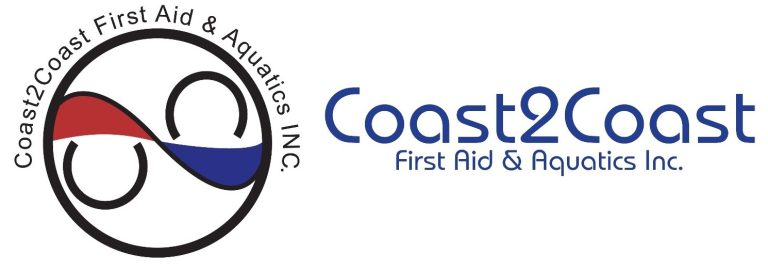
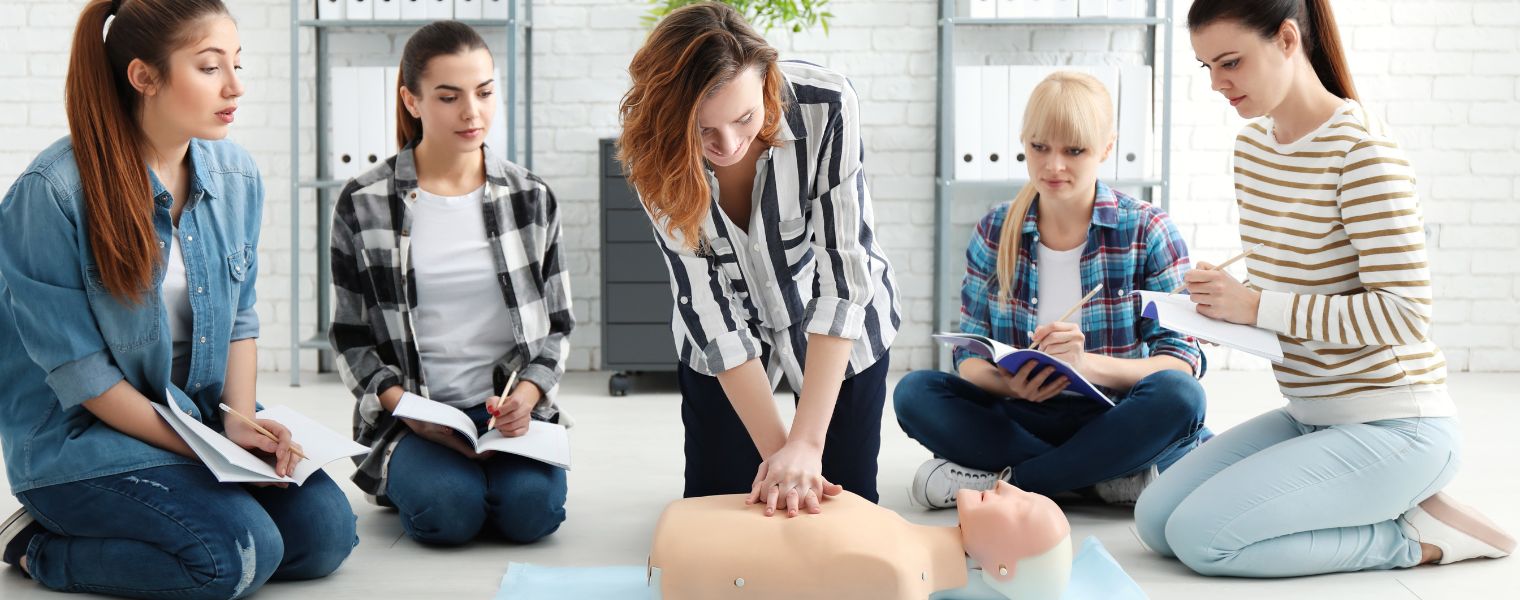










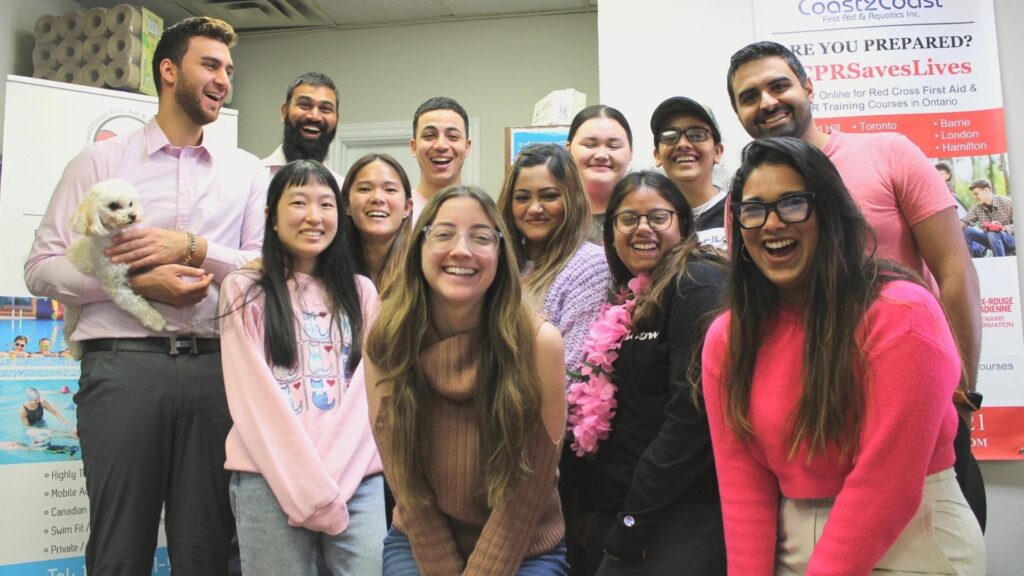
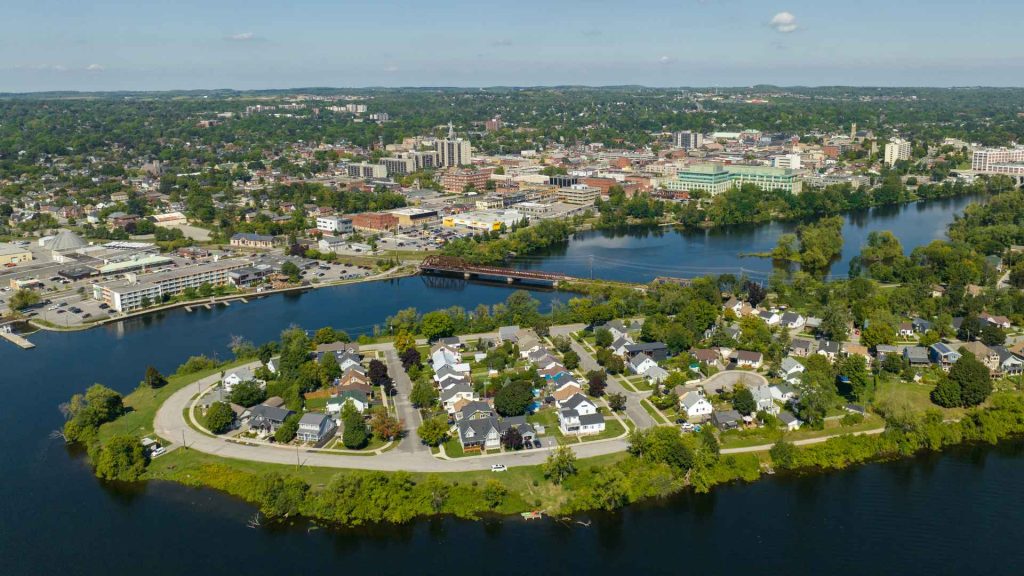
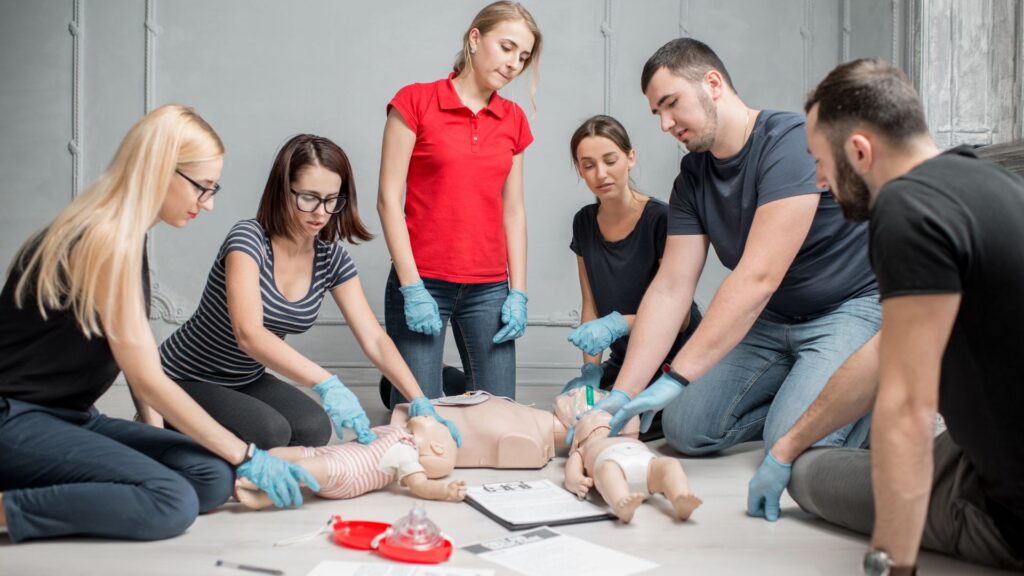
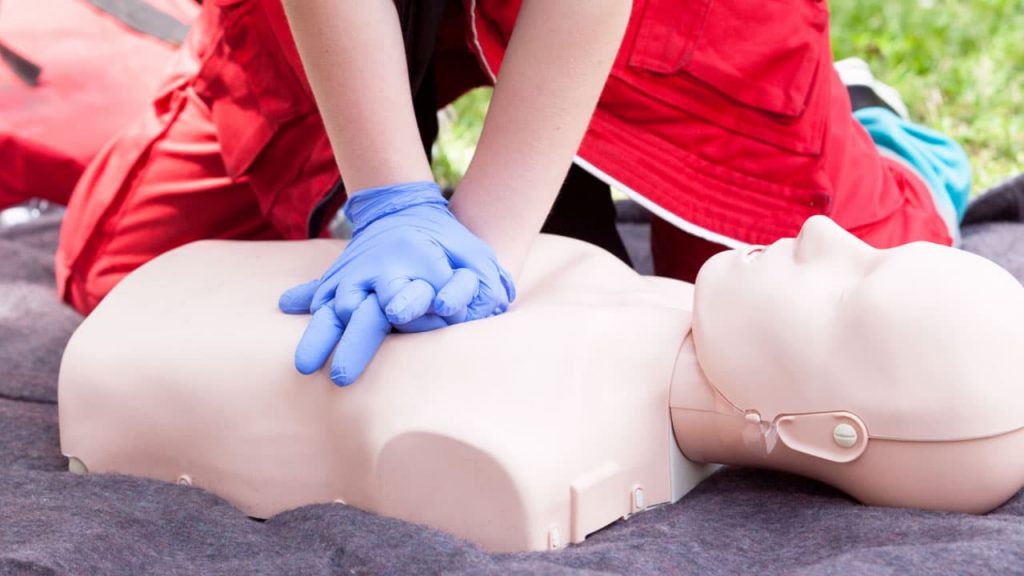
No comment yet, add your voice below!